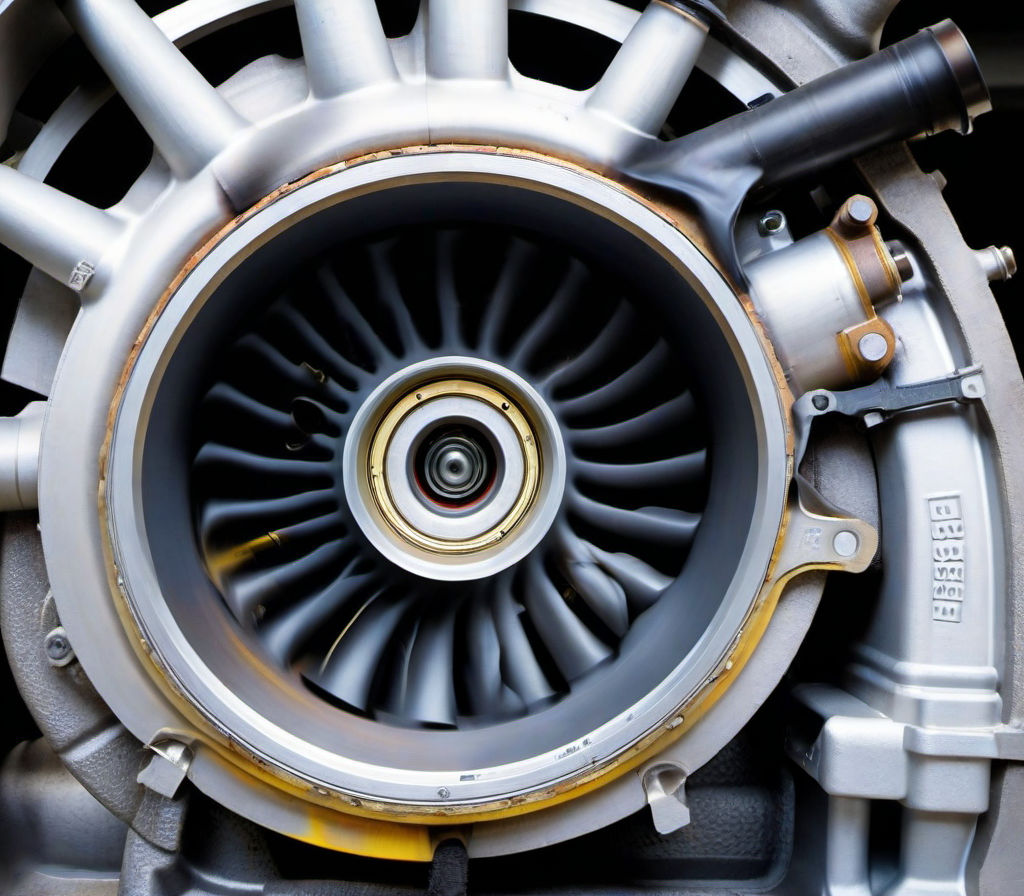This post was generated by an LLM
Listen
Diesel engine runaway is a rare but severe phenomenon where an engine accelerates uncontrollably, leading to catastrophic failure. Understanding its causes and implications is critical for preventing such incidents and mitigating risks. Below is a detailed breakdown:
Causes of Diesel Engine Runaway
Turbocharger Oil Leaks
The most common cause of diesel engine runaway is a leaking turbocharger. When the turbocharger’s seals wear out, engine oil used to cool the turbine can seep into the intake system. This oil then enters the combustion chamber, where it is ignited, causing the engine to accelerate uncontrollably [9]. This issue is particularly prevalent in older engines or those with insufficient maintenance [10].Fuel Contamination or Unmetered Fuel Sources
Diesel engines can also run away if they ingest hydrocarbon vapors or flammable gases through the air intake system. These vapors act as an external fuel source, leading to uncontrolled combustion [14]. Additionally, fuel-contaminated air or a stuck accelerator pedal can exacerbate the problem by allowing excessive fuel to enter the engine [6].Excessive Oil Consumption
In some cases, crankcase oil vapor can enter the combustion chamber due to faulty valve seals or piston rings. This vapor is then combusted, causing the engine to overspeed [5]. Older diesel engines with manual fuel pumps are particularly vulnerable if the pump fails, leading to an unregulated fuel supply [6].Mechanical Failures
Issues such as a failed governor (which regulates engine speed) or a malfunctioning fuel injection system can also contribute to runaway conditions. These failures prevent the engine from responding to shutdown commands or throttle inputs [12].
Implications of Diesel Engine Runaway
Catastrophic Mechanical Failure
Runaway diesel engines can reach RPMs up to ten times their rated output, leading to severe mechanical stress. This often results in broken crankshafts, damaged pistons, and complete engine disintegration due to a lack of lubrication [7]. The destruction is so extensive that engine replacement is frequently required [3].Fire Hazards
The uncontrolled combustion of oil or fuel vapors can generate extreme heat, increasing the risk of fires. These fires may spread to surrounding components or even the vehicle itself, posing significant safety threats [1][3].Environmental and Legal Consequences
Runaway engines can release harmful emissions, contributing to air pollution and violating environmental regulations. Legal implications may arise if the incident is traced to negligence in maintenance or compliance with safety standards [3].Safety Risks
Operators or nearby personnel face immediate danger due to the engine’s uncontrolled acceleration and potential for explosion. In industrial or transportation settings, this can lead to injuries, property damage, and operational shutdowns [12].Economic Impact
Beyond the cost of engine replacement, runaway incidents often result in downtime, repair expenses, and potential liability claims. For commercial vehicles or machinery, these costs can be substantial [13].
Prevention and Mitigation
While the implications are severe, preventive measures can significantly reduce the risk of diesel engine runaway. Regular maintenance—particularly inspecting turbochargers, fuel systems, and governor functionality—is essential [8]. Using high-quality engine oil and ensuring proper sealing of intake systems can also mitigate the risk of oil or vapor ingestion [9]. Additionally, modern diesel engines often incorporate safety features like emergency shutdown systems or fuel cutoff valves to address runaway conditions [14].
Conclusion
Diesel engine runaway is a complex issue with far-reaching consequences, from mechanical failure to safety hazards. By understanding its root causes—such as turbocharger leaks, fuel contamination, and mechanical malfunctions—and implementing rigorous preventive measures, operators can minimize the risk of such incidents. For those working with diesel engines, prioritizing maintenance and staying informed about potential triggers is crucial to ensuring both safety and operational reliability.
https://gigagears.com/understanding-diesel-engine-runaway-causes-and-consequences/
https://www.motortrend.com/how-to/what-is-runaway
https://fuelflowpro.com/how-does-a-diesel-run-away/
https://myenginespecs.com/diesel-engine/what-causes-a-runaway-diesel-engine-key-factors-explained/
https://us.bddiesel.com/blogs/r-d-blog/diesel-engine-runaway-causes-how-to-fix
Diesel Runaway: Causes, Solutions, And Prevention
https://en.wikipedia.org/wiki/Diesel_engine_runaway
https://us.bddiesel.com/blogs/r-d-blog/runaway-diesel-engine-causes-prevention-solutions
Why Diesel Engines Runaway And How To Prevent It
https://myenginespecs.com/diesel-engine/what-causes-runaway-diesel-engine-key-factors-explained/
Diesel Engine Runaway – What is it? What do you do about it?
https://www.slashgear.com/1647029/diesel-engines-runaway-causes-stop/
https://www.justanswer.com/boat/2alll-diesel-puff-smoke-thr-rpm-s-whent-4000.html
https://www.amot.com/en/blog/what-is-diesel-engine-runaway.html
https://mechanics.stackexchange.com/questions/90429/what-is-the-damage-causing-and-caused-by-a-diesel-run-on
This post has been uploaded to share ideas an explanations to questions I might have, relating to no specific topics in particular. It may not be factually accurate and I may not endorse or agree with the topic or explanation – please contact me if you would like any content taken down and I will comply to all reasonable requests made in good faith.
– Dan

Leave a Reply